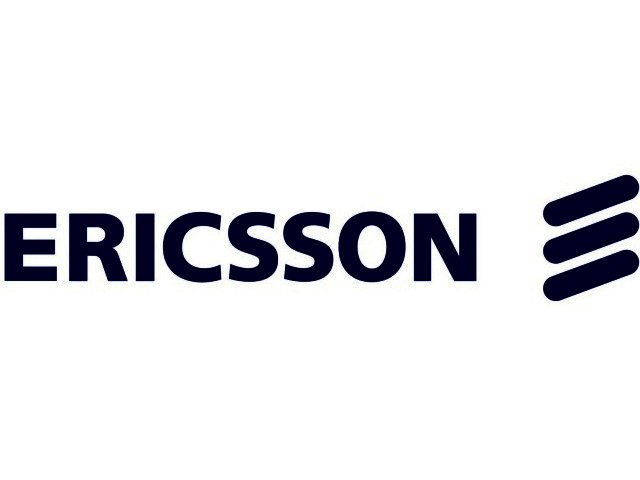As operators increasingly focus on driving the digital transformation across industries, a key source of opportunity emerges time and again in the form of connected vehicles. The connected vehicle cloud includes applications to provide moving vehicles with a ubiquitous, low-latency connection, enabling them to operate autonomously using 5G networks and IoT technology.
The global market potential for connected vehicles is mainly made up by the public safety, public transport, and automotive industries – and its estimated revenue potential is as high as $69 billion, according to a recent report by Ericsson entitled The Guide to Capturing the 5G Industry Digitalisation Business Potential. As such, for ICT players to capture this opportunity in the coming years, they will need to adopt the technologies that will propel the development and implementation of connected vehicles forward.
However, key challenges in the connected vehicle space include providing sufficient coverage of high-speed mobile broadband, as well as developing new sales capabilities to deal with several types of customers, ranging from equipment manufacturers to public transport companies and everyone in between. To make connected vehicles a reality for use cases like autonomous ambulances, high-speed internet on trains, vehicle-to-vehicle networking systems, and other such applications, operators will need to overcome these challenges with innovative cloud-based solutions that utilise next generation technology from every angle.
Currently, the market drivers for connected vehicles include a growing car sharing market, new safety regulations such as eCall, vehicle electrification, and the emergence of new high-tech disruptors in the automotive industry. These market drivers will only evolve and expand with time, so operators will need to adapt their strategies to keep services and solutions applicable as connected vehicle use cases change.
However, there are also challenges to overcome in the introductory phase of the connected vehicle agenda. For example, new monetisation models will be required, as consumers are used to a one-off payment for a traditional car, while connected cars and features will likely be based on a subscription model in order to keep software up-to-date as improvements are made.
As you can see from the above graph, the evolution of the connected vehicle segment is characterised by an accelerated move towards 5G, which will present new opportunities for smart driving. In turn, this will enhance and broaden the functionality of advanced performance features, such as see-through sensing and connected entertainment, among many others.
Increasingly, the automotive industry is addressing the demand for connected vehicles with aims to make them more accessible on a broader scale. One Swedish telecom operator, Telia, is catering to this demand with plans to connect cars already on the streets, opening up a new digital world for otherwise unconnected cars and complementing inbuilt connectivity with a suite of relevant services. Today in Sweden, there are well over 3 million cars that employ the on-board diagnostic (OBD) feature – a key enabler for the service, which also provides the opportunity for operators to expand from data connectivity and create innovative service offerings for car owners as well as insurance and parking services companies.
As one of several operators around the world delivering connected car services today, Telia works with Springworks AB to offer its Telia Sense product, a host of subscription-based connected car services for customers in Sweden. The initiative was initially aimed at the consumer market, with the main customers being end users, but it is on the road to becoming a key offering for business customers as well. In terms of the monetisation model for this offering, Telia charges its service partners as well as end users for a service package with a continuously growing set of features. Car services enabled by Telia currently include Wi-Fi hotspots, parking information and warnings, roadside assistance, dashboard and car usage data, and many others.
As connected vehicle use cases evolve and expand, enterprise customers will be more inclined to utilise these technologies in the face of digital transformation. As fast-growing new revenue pools emerge in industry digitalisation, connected vehicles have become top priorities for operators seeking to seize further opportunities with 5G and IoT. To capture the revenue potential in the connected vehicle space, operators will need to overcome challenges of network capability, as with many other 5G and IoT advancements; but they will also need to devise services and solutions that target business customers in the midst of transformation.





